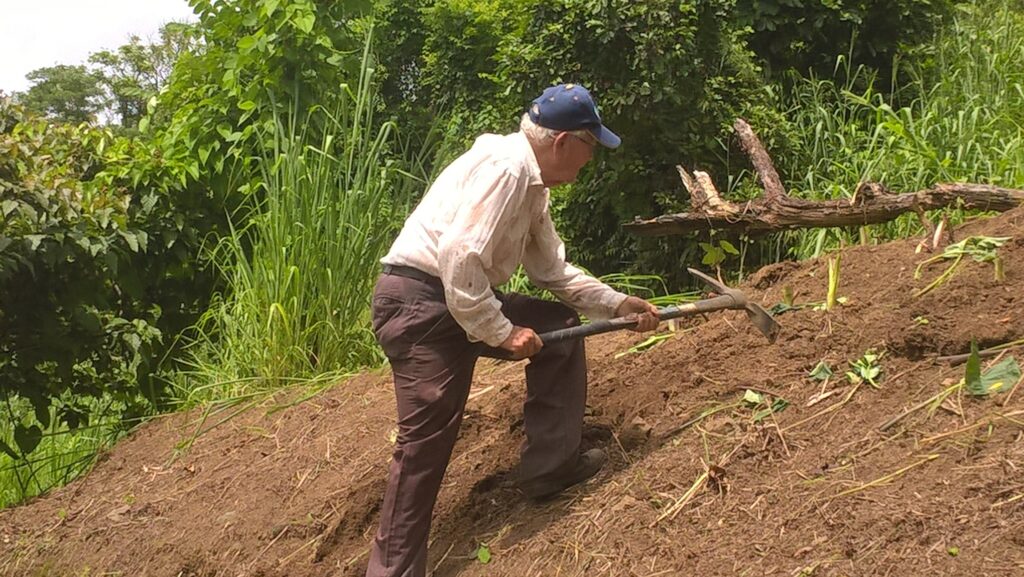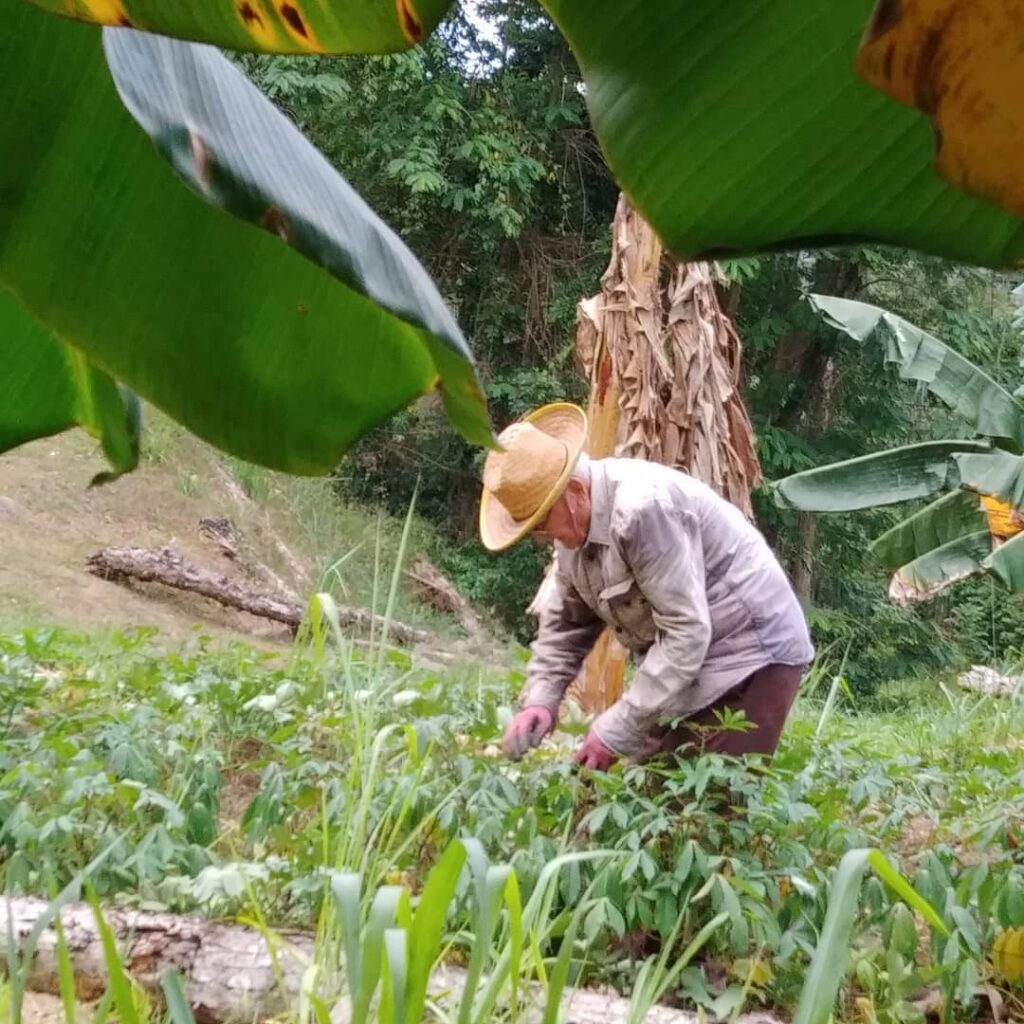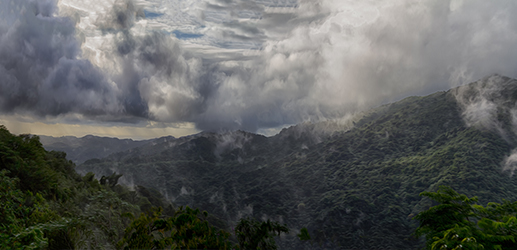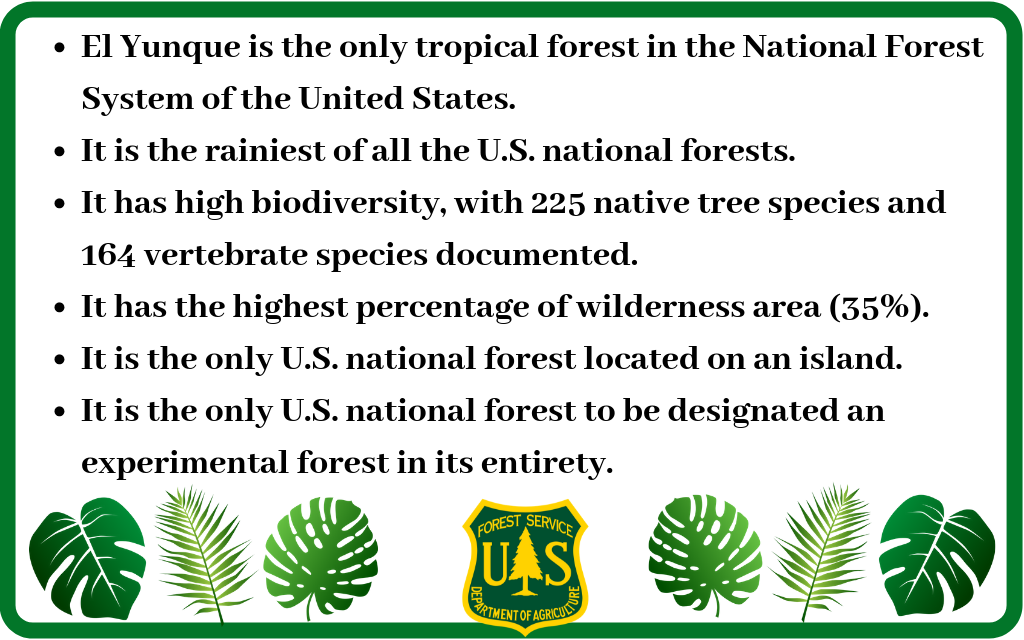Hi! My name is Abby De la Rocha and I am the Volunteer Coordinator at the Sawgrass Nature Center and Wildlife Hospital in Coral Springs, Florida. I was born in Puerto Rico and lived there until my family moved to Botswana when I was 8 years old. I returned to Puerto Rico when I was 16 and finished high school in Ponce. I then moved to New Orleans where I studied at Loyola University. I have been in Florida since 2006.
In this post, I’m going to tell you about Hispanic Heritage month as well as some interesting facts about Puerto Rico’s agriculture and its most precious ecosystem El Yunque.
What is Hispanic Heritage Month?
Each year, we observe National Hispanic Heritage Month from September 15 to October 15 by celebrating the histories, cultures, and contributions of American citizens whose ancestors came from Spain, Mexico, the Caribbean, and Central and South America.
This year’s Hispanic Heritage Month theme- Hispanics: Be Proud of Your Past, Embrace the Future – invites us to embrace our backgrounds, to be proud of who we are and where we came from.
Embracing the Future
The future of agriculture in Puerto Rico
Currently, Puerto Rico imports 85% of its food. This is a huge vulnerability for an island with a population of 3.1 million. For several years, my family has been involved in the agroecological movement which seeks to increase the self-sufficiency of Puerto Rico through their agricultural project Finca El Reverdecer. This movement has been largely spearheaded by young people who are eager to make a difference. I believe that by looking at our past we can create a better future.
The present agricultural reality of Puerto Rico can be traced back to Puerto Rico’s history as a Spanish colony and later as a Commonwealth of the United States. The establishment of the monoculture of sugarcane meant that many Puerto Ricans worked on sugarcane plantations. My grandfather worked cutting cane during his youth. Later, he would go on to own land that he cultivated for his own consumption. At the age of 93 he continues to enjoy getting his hands dirty on my parents’ farm.


Eventually, the sugarcane industry on the island collapsed. Its demise was due to various factors including hurricanes that decimated the island as well as policies imposed by the Federal Government. In particular, a land tax imposed in 1901 known as the Hollander Bill. As a result of this bill, many local farmers were forced to sell their land. This eventually led to mass migration from the island to the mainland. It also led to a decrease in farming in general as people did not have land to farm. Subsequently, attitudes towards farming became unfavorable, especially among young people. This is changing. Today, many small farms produce high-quality products that are sought out by individuals and restaurants alike. While still a work in progress, the path to agricultural self-sufficiency is being forged.
Celebrating the only U.S. National Forest located on an island
The El Yunque National Forest is the only tropical rainforest in the national forest system. At nearly 29,000 acres, it is one of the smallest in size, yet one of the most biologically diverse.

Photo by United States Department of Agriculture Forest Service retrieved from https://www.fs.usda.gov
The United States Department of Agriculture Forest Service. (2020) describes El Yunque, “Caressed by gentle easterly winds the forest has an average temperature of 73° F, and seasonal changes are almost imperceptible. It is the ideal climate for exuberant tropical vegetation. The rain forest is noted for its biodiversity; it is “home” to thousands of native plants including 150 fern species, 240 tree species (88 of these are endemic or rare and 23 are exclusively found in this forest). The El Yunque National Forest has no large wildlife species, but hundreds of smaller animals abound in this gentle forest, many of which exist nowhere else on the planet.”

Image from United States Department of Agriculture Forest Service, retrieved from https://www.fs.usda.gov
To embrace the future, we must plan and prepare for it. Looking forwards requires us to look back at our history so that we can make sense of our present. Puerto Rico’s future is being planned by those who work the land in order to provide food for its people as well as those who work to preserve the natural wonder that is El Yunque National Forest.
If you’d like to learn more about some of the agricultural projects on the island check out the links below:
Proyecto Agroecologico el Josco Bravo
Organización Boricuá de Agricultura Ecológica de Puerto Rico
El Departamento de la Comida
Finca El Reverdecer